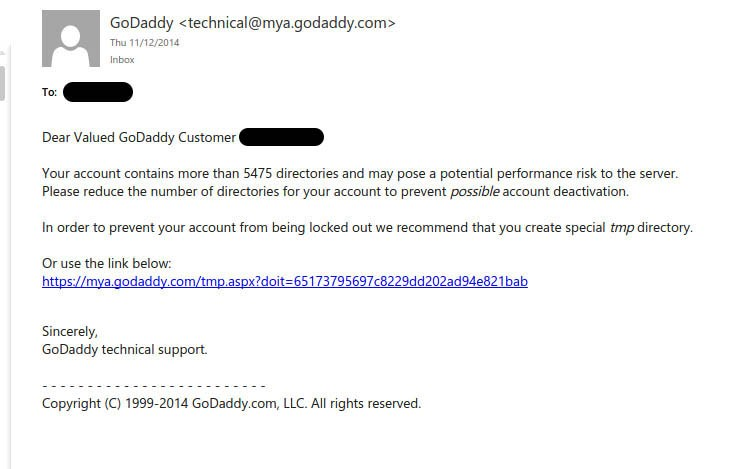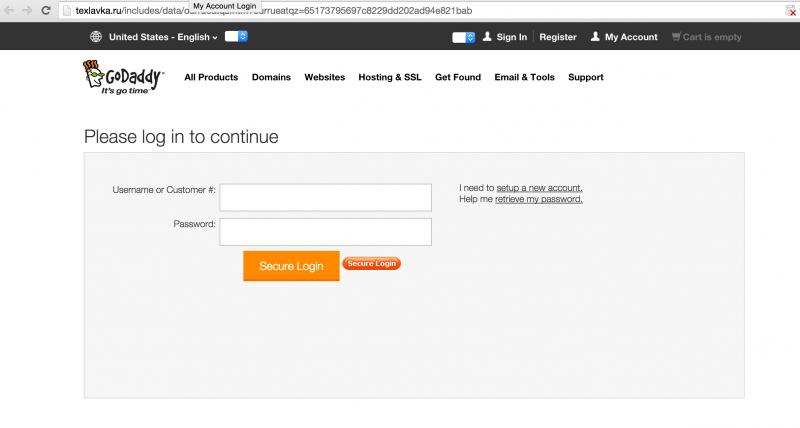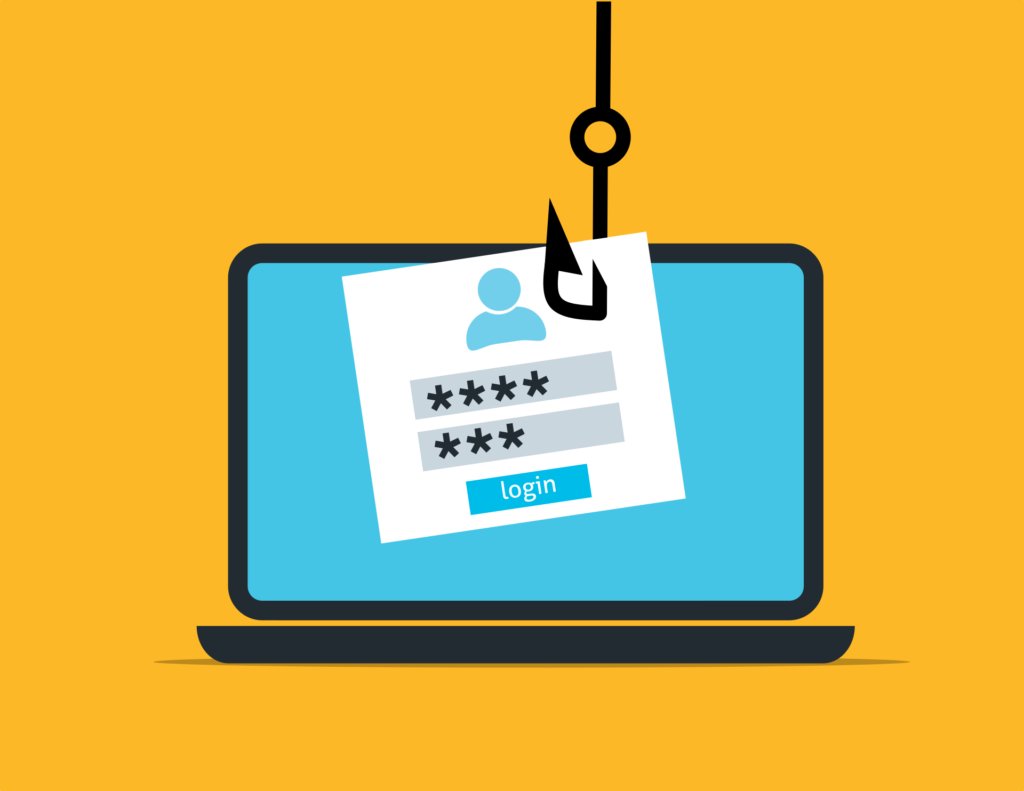Levi Explains Phishing Scams
We’re not talking about embellishing the truth about the size of that trout you caught. In today’s digital world, phishing is defined as the attempt to acquire sensitive information such as usernames, passwords, and credit card details (and sometimes, indirectly, money) by masquerading as a trustworthy entity in an electronic communication.
There have been some recent reports of phishing emails sent to GoDaddy customers, providing fake links and even fake login screens in an attempt to obtain account information from unsuspecting victims. You can see just how convincing these phishing scams can be in the images below.
Another phishing scam that Partek recently encountered came in the form of a well-crafted email that appeared to be sent internally, from one employee to another, which included instructions and account information for a Western Union wire transfer. Thankfully the recipient knew something wasn’t right, and brought it to our attention. A little investigative work showed us that the email originated from an external source, and was disguised as being from an internal contact.
Though the email message pictured above looks very legitimate, clicking the link takes you to a very well-disguised login page where everything you enter is sent to the scammer. See below for the fraudulent login screen.
Let this server as a reminder to always be very careful when clicking links or opening attachments in your email. Even though it truly looks legitimate, never provide payment or information by email without first qualifying the source by checking with the actual organization from whom the message appears to be.






